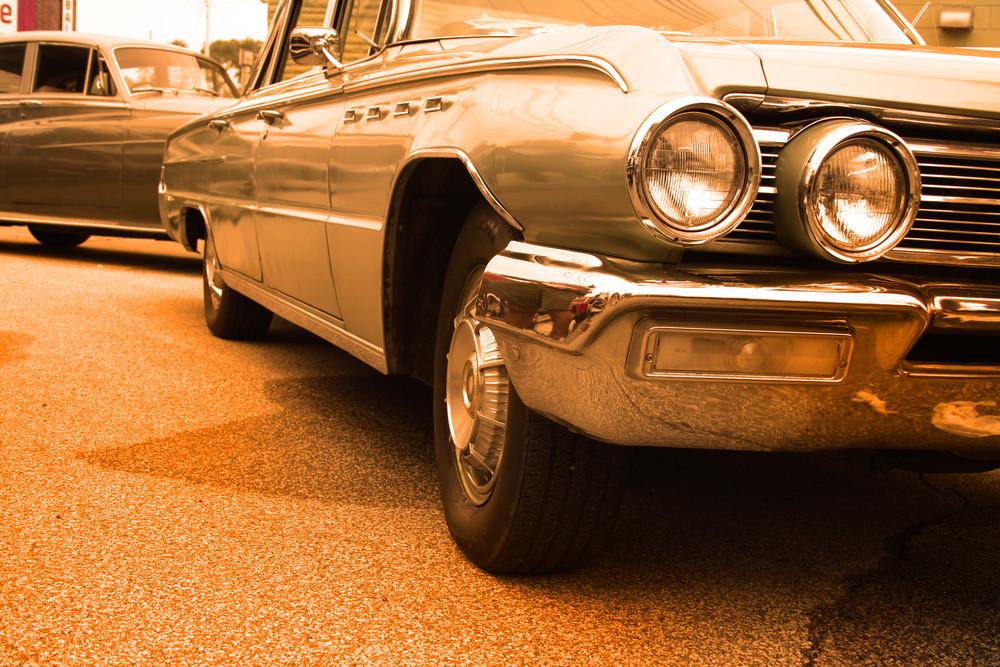
Are you buying a used car? See how to recognize a car after an accident
 "Accident-free" cars reign on Polish stock exchanges and commissions. In fact, many of them have at least a collision behind them. Check out how not to be deceived.
"Accident-free" cars reign on Polish stock exchanges and commissions. In fact, many of them have at least a collision behind them. Check out how not to be deceived.
Thousands of car purchase and sale transactions take place on the Polish car market every day. At any time, you can choose from a sea of offers on Internet advertising portals. Most sellers state that the cars they offer are XNUMX% accident-free, serviceable, and in perfect condition. As many drivers have discovered, the spell breaks when we go to see a car for sale. A different shade and poor fit of individual body elements, glass replacement due to “pebble strike” or unevenly cut tires are common.
That is why it is always worth having a used car inspected by a professional. For an experienced painter or tinker, trapping collisions and repairing them is not difficult. Especially when he has a professional paint thickness gauge, explains Stanisław Plonka, an auto mechanic from Rzeszów.
What problems can an emergency vehicle cause? The most common of these are body leaks that allow water to enter, toe and grip problems, corrosion, paint damage (e.g. in a pressure washer), and in extreme cases, life-threatening and uncontrollable damage to the body in the event of repeated car accident. In order not to waste money on freebies before inspecting a used car from a professional, you can pretty much check its condition yourself. Below are some proven methods for initial inspection.
1. In a car without accidents, the gaps between the individual parts of the body must be equal. For example, if the moldings on the door and fender do not match, and the gap between the fender and door on the left side is different than on the other side, this may mean that some elements were not properly straightened and are being installed by a metalworker.
2. Look for traces of paint on the door sills, A-pillars, wheel arches, and black plastic parts adjacent to the sheet metal. Each varnish stain, as well as non-factory seam and seam, should be a concern.
3. Check the front apron by lifting the hood. If it shows traces of painting or other repairs, you can suspect that the car was hit from the front. Also note the reinforcement under the bumper. In a car without an accident, they will be simple and you will not find welding marks on them.
4. Check the condition of the car floor by opening the trunk and lifting up the carpet. Any non-manufacturer welds or joints indicate that the vehicle has been hit from behind.
5. Careless painters when painting body parts often leave traces of clear varnish, for example, on gaskets. Therefore, it is worth taking a closer look at each of them. The rubber should be black and not show signs of tarnishing. Also, a worn seal around the glass may indicate that the glass has been pulled out of the lacquering frame.
6. In a car that has not been in an accident, all windows must have the same number. It happens that the numbers differ from each other, but only by one stitch. So a car with windows like XNUMXs and XNUMXs did not necessarily have to be beaten. It's just that a lot of last year's windows could have been left at the factory. It is also important that the glasses are from the same manufacturer.
7. Uneven "cut" tire tread may indicate problems with the convergence of the car. When the car has no geometry problems, the tires should wear evenly. This type of trouble usually starts after accidents, mostly more serious ones. Even the best mechanic cannot repair a damaged car structure.
8. All traces of welding, joints and repairs on the side members indicate a strong blow to the front or front of the car. This is the worst type of collision for a car.
9. Headlights must not leak or evaporate. Make sure that the car you are interested in has factory lamps installed. This can be checked, for example, by reading the logo of their manufacturer. A replaced headlight doesn't have to mean the car's past, but it should give you food for thought.
10 Check the chassis and suspension elements on a pit or lift. Any leakage, crack on the cover (eg connections) and signs of corrosion should cause reservations. It usually doesn't cost much to repair damaged suspension parts, but it's worth figuring out how much new parts will cost and trying to lower the car's price by that amount. Remember that a heavily rusted chassis may require a major overhaul. In a non-emergency car, the bottom should wear out (corrode) evenly.
11 The airbag indicator should turn off independently of the others. It is not uncommon for unscrupulous mechanics in a car with deployed airbags to connect a burned-out indicator to another (for example, ABS). So if you notice that the headlights go out together, you may suspect that the car has been hit hard. If your car will have seat cushions, check their tailoring. Many unscrupulous sellers sew the seats themselves when repairing a damaged car.
12 Factory paint is usually free of paint stains. If you find tears or cracks in the paintwork, make sure the item has not been repaired.
13 Peeling varnish may indicate that the car has been repainted. As a rule, this problem occurs due to improper preparation of the product for painting.
14 Check the fit of the bumpers to the body. Uneven gaps may indicate damage to the petals. In such a situation, the bumper is difficult to fit under the wings, flaps or front grille.
